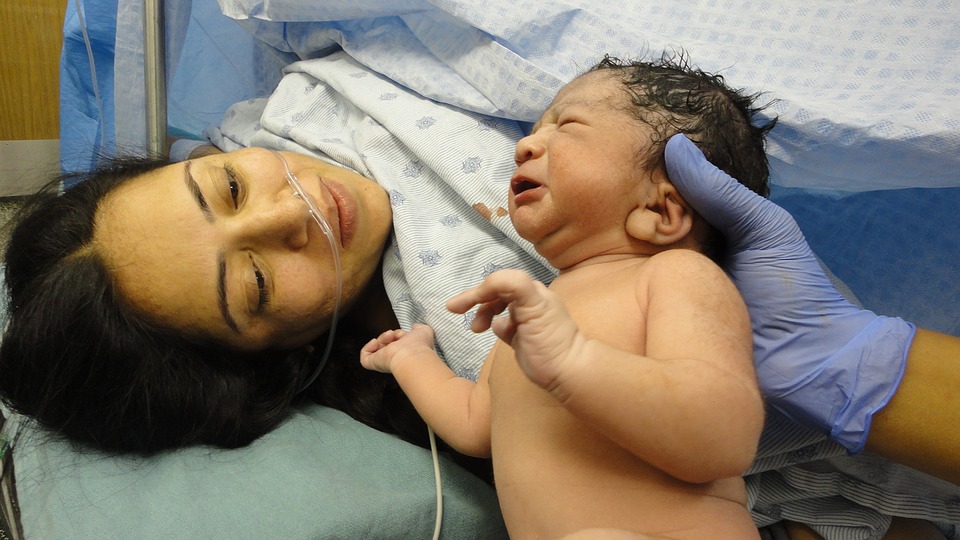NFHS-5 data shows improvement in female sex ratio: PHFI

The data shows unexpected improvement in female sex ratio but figures are still lower than WHO’s estimates of the ‘natural’ sex ratio
The National Family Health Survey (NFHS 5) factsheets released by the Ministry of Health and Family Welfare reports that women outnumber men in the country for the first time. There is a 29-point increase in the overall sex ratio (women per 1,000 men) from 991 in 2015-16 (NFHS4) to 1020 in 2019-21.
The previous rounds of NFHS have shown a fair degree of variability in the overall sex ratio: it was 1,000 in 2005-06 (NFHS3); 991 in 2015-16 (NFHS4) and 1,020 in 2019-21 (NFHS5). This unexpected improvement in the sex ratio needs to be further examined and understood. In fact, according to the 2020 report of the technical group on population projection, National commission on population, Ministry of Health and Family Welfare, the sex ratio of the total population is expected to increase from 943 in 2011 to 952 in 2036.
To quote the NFHS5 India factsheet, “readers should be cautious while interpreting and comparing the trends as some States/UTs may have smaller sample sizes.” The NFHS is a large scale, representative survey covering 6,10,000 households in the country. As Mr Vikas Sheel, Additional Secretary, Union Ministry of Health and Family Welfare and Mission Director, National Health Mission, has rightly pointed out to the media, the real picture on the overall sex ratio will emerge from the Census data. The Census surveys the entire population of the country and therefore provides a more accurate account of the overall sex ratio.
At the same time, the sex ratio at birth (SRB) has shown a marginal increase from 919 in 2015-16 to 929 in 2019-21. While this is an improvement, the figures are still lower than the World Health Organization’s estimates of the ‘natural’ sex ratio (952 females per 1000 male births). It should be noted that Kerala, which had an SRB of 1047 in 2015-16 has surprisingly witnessed a decline to 951 in 2019-20. A skewed sex ratio at birth shows a strong son preference and continued sex-selective practices in India. The government must invest in girls’ education, women’s empowerment and make efforts towards improving gender equality and increasing the value of the girl child.




